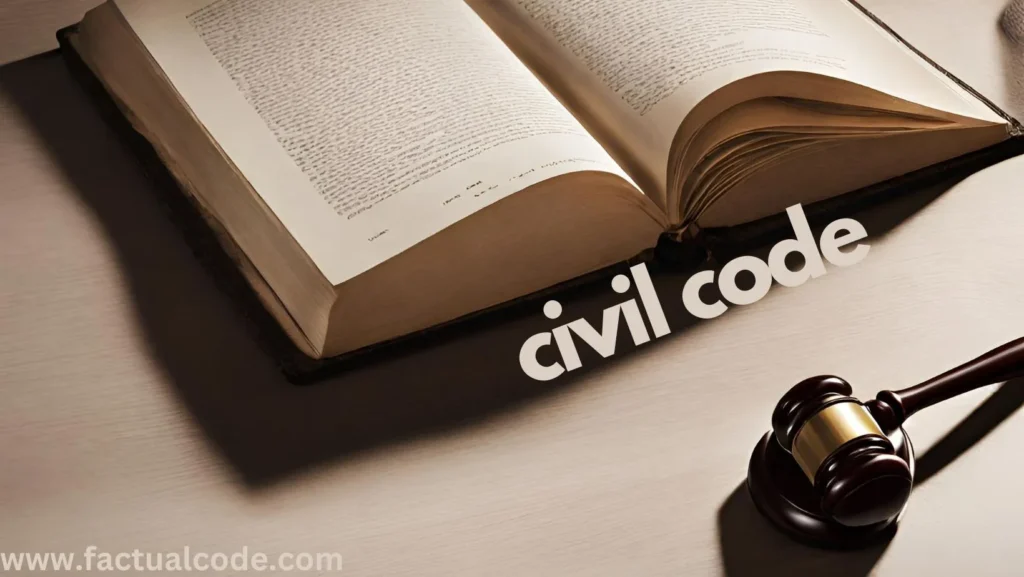Introduction
The legal doctrine of set-off under the Code of Civil Procedure (CPC) enables a defendant to counter a plaintiff’s claim by presenting a reciprocal demand within the same litigation. This mechanism aims to enhance procedural efficiency and deliver equitable outcomes by resolving related disputes simultaneously. It minimizes redundant litigation and promotes judicial economy.
Statutory Framework
The statutory basis for set-off is provided under Order VIII, Rule 6 of the CPC, which allows a defendant to assert a set-off claim if specific legal conditions are met. This provision promotes holistic adjudication by integrating the plaintiff’s claims and the defendant’s counterclaims.
Essential Conditions for Set-Off
To successfully plead a set-off, the following criteria must be satisfied:
1. Mutuality of Debts:
Both parties must owe monetary obligations to each other.
The defendant’s claim must constitute a legally enforceable debt owed by the plaintiff.
2. Single Proceeding:
The set-off must be asserted in the same proceeding as the plaintiff’s primary claim.
3. Definitiveness of Amount:
The counterclaim must involve a fixed and ascertainable sum.
Indeterminate or speculative claims do not qualify.
4. Legal Enforceability:
The counterclaim must be legally recoverable and free from statutory bars.
5. Transactional Parity (for Legal Set-Off):
Generally, the counterclaim should arise from a transaction related to the plaintiff’s claim.
Types of Set-Off
1. Legal Set-Off:
Provided explicitly under Order VIII, Rule 6 of CPC.
Requires statutory conditions to be met, including a related and ascertainable counterclaim.
2. Equitable Set-Off:
Not explicitly recognized by statute but established through judicial precedents.
Allows broader application, including claims arising from separate but connected transactions.
Courts exercise discretion to grant equitable set-off when warranted by fairness.
Key Judicial Interpretations
1. Jitendra Kumar Khan & Anr. v. Peerless General Finance & Investment Co. Ltd. & Anr. (2013):
The Supreme Court elucidated the distinction between legal and equitable set-off, emphasizing that while legal set-off is a statutory right under Order VIII Rule 6 of the CPC, equitable set-off is grounded in principles of equity and is subject to the court’s discretion.
2. Union of India v. Karam Chand Thapar & Bros. (Coal Sales) Ltd. & Ors. (2004)
The Court clarified that for a claim to qualify as a legal set-off under Order VIII Rule 6, it must be an ascertained sum, legally recoverable, and not barred by limitation.
3. Lakshmichand & Balchand v. State of Andhra Pradesh (1987):
The Supreme Court discussed the concept of equitable set-off, stating that such a set-off can be claimed even if the cross-demands do not arise out of the same transaction, provided they are so connected in nature and circumstances that it would be inequitable to drive the defendant to a separate suit.
4. Maharashtra State Farming Corporation v. Belapur Sugar & Allied Industries (2004):
The Court held that an equitable set-off is permissible when the cross-demands arise out of the same transaction or are so connected that they can be considered as part of the same transaction, even if the amount is unascertained.
Procedural Mechanism for Claiming Set-Off
To validly assert a set-off, the defendant must follow these procedural steps:
1. Explicit Pleading:
Clearly state the set-off claim in the written statement, specifying the amount and the grounds.
2. Response to Plaintiff’s Objection:
If the plaintiff contests the set-off, judicial scrutiny is required.
3. Judicial Determination:
The court evaluates and offsets the plaintiff’s claim by the adjudicated amount in the defendant’s favor.
Exclusions and Limitations
Certain claims are precluded from being set off:
1. Unascertained Damages:
Claims involving indeterminate or speculative damages are ineligible.
2. Statute-Barred Claims:
Time-barred debts under the Limitation Act cannot be set off.
3. Jurisdictional Constraints:
Claims exceeding the court’s jurisdiction are excluded.
4. Dissimilar Transactions:
Claims arising from unrelated transactions are typically excluded, barring equitable considerations.
Jurisprudential and Practical Implications
The doctrine of set-off holds significant jurisprudential and practical value:
Judicial Economy:
Streamlines adjudication by addressing interconnected claims in a single proceeding.
Procedural Efficiency:
Reduces duplicative litigation and conserves judicial resources.
Equitable Relief:
Ensures fair treatment by balancing reciprocal claims.
Conclusion
Set-off under the CPC is a vital procedural mechanism that underscores the principles of judicial efficiency and equitable relief. By permitting the consolidation of claims and counterclaims, it fosters comprehensive and just adjudication. A thorough understanding of its statutory framework, judicial interpretations, and procedural nuances is essential for legal practitioners and scholars navigating the complexities of civil litigation.
⚖️ Legal Insight: Under Order VIII, Rule 6 of the CPC, the concept of "set off" allows a defendant to claim adjustment against the plaintiff’s demand, provided both claims are for ascertained sums of money and are legally recoverable. This mechanism avoids multiplicity of suits by enabling mutual debts to be settled in one legal proceeding. To dive deeper into how set off and counterclaims work in civil cases, explore our guide on How to Read CPC (Code of Civil Procedure, 1908).

